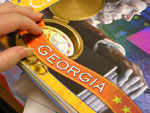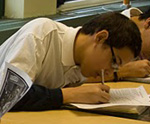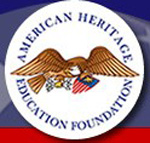We the People
This northern Kentucky district has some of the state's lowest student achievement scores; educators have spent two years rewriting the K-5 social studies curriculum to embed American history at every grade level. We the People will support implementation of this new curriculum by providing four content seminars each year, 3-day summer institutes, online and face-to-face discussions, visits to historic sites and explorations of primary source materials. Scholars, historians, curriculum specialists and instructional leaders will convey content and support lesson creation and planning. The project will involve 20 elementary and middle school teachers each year, many of whom will participate for multiple years. The project will explore annual themes (see topics above) drawn from the preamble to the U.S. Constitution to help teachers consider how important documents, events and people have influenced the preservation of a democratic republic. Teachers will examine texts and primary sources as they explore Kentucky and American history from colonization to the present. Strategies for improving teaching will include lesson study, and this process will be used as teachers collaborate to develop and refine lessons for classroom use. A public Web site will house products and resources, which include presentation notes, podcasts and video recordings; teacher-produced lesson plans and samples of student work; and a collection of primary source materials and related digital toolboxes, stories and historical scene investigations.


